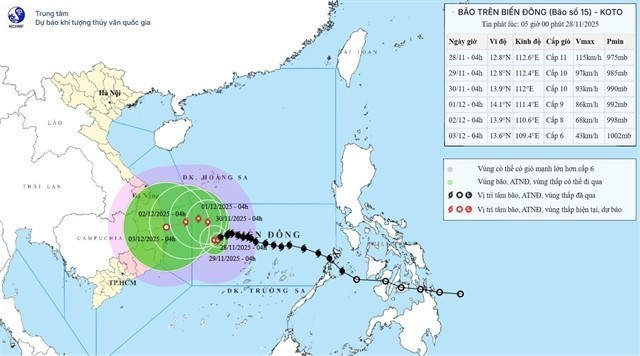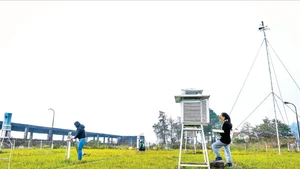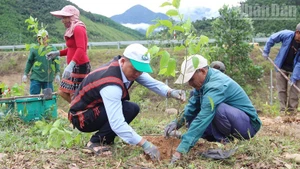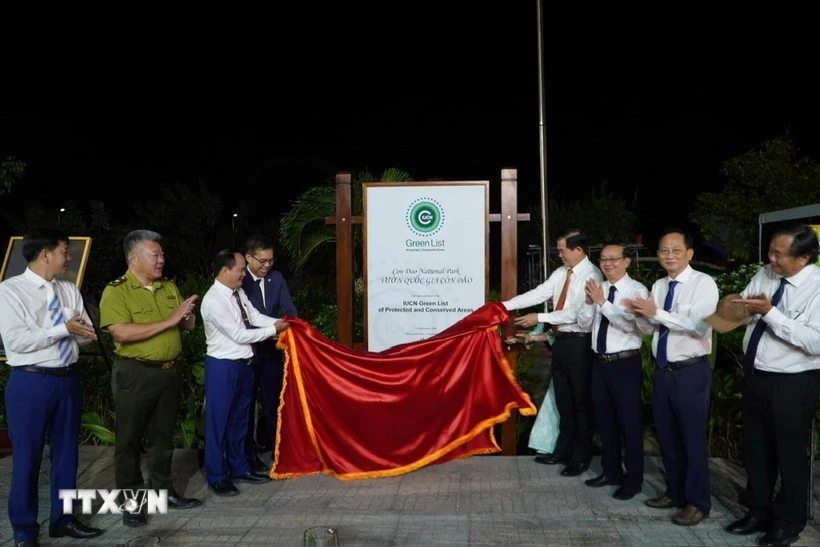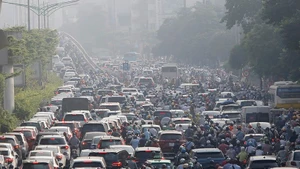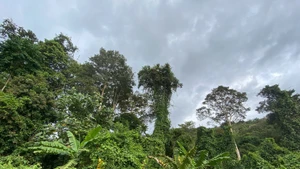It is moving west at approximately 3km per hour, gradually weakening. The strongest winds are about 100km per hour, with gusts up to 150km per hour.
The affected area includes the northern waters of Truong Sa special zone, with a natural disaster risk level of three.
Mai Van Khiem, Director of the National Centre for Hydro-Meteorological Forecasting, stated that November 27 night and November 28 early morning, typhoon Koto moved slowly westward-southwestward with its intensity decreasing by one level compared to the previous day.
"Forecasts indicate the typhoon will continuously change direction over the next three days. On November 29, it will shift northward, then westward on November 30; and on December 1, westward-southwestward,” said Khiem.
On average, the typhoon weakens by about one level per day, and it is likely to be reduced to a tropical depression when moving into the waters of the coast of Quang Ngai – Dak Lak, he noted.
Urgent response
Ahead of Typhoon Koto's arrival, the Ministry of National Defence issued an urgent dispatch requiring all forces to proactively prevent and respond.
The General Staff of the Viet Nam People's Army directed agencies and units to draw lessons from organising and implementing prevention of the previous typhoon Fungwong and recent devastating floods in the central region, maintain strict on-duty regimes, proactively monitor and grasp the typhoon's developments to ensure absolute safety for personnel and equipment during missions.
Military Region 5 and Military Region 7 instructed provincial and city military commands to advise local Party committees and authorities on inspecting and reviewing response plans.
They will coordinate with departments to check high-risk areas, especially those severely affected by recent heavy rains.
Forces, vehicles, food supplies and other resources are prepared for immediate action, including evacuating residents from dangerous areas to safe locations.
The Air Defence – Air Force Service and Military Corps 18 directed subordinate units to be ready for air search and rescue flights upon the Ministry of National Defence’s orders.
The National Civil Defense Steering Committee reported that coastal localities from Quang Tri to Ho Chi Minh City have notified 48,380 vessels with more than 246,700 people on board the typhoon's path for safe navigation.
As many as 150,395 troops, 3,085 trucks, 489 specialised vehicles, 646 ships, 1,239 boats, and six helicopters have been ready for rescue operations.
In Truong Sa special zone, Brigade 146 and Naval Region 4 reinforced disaster prevention works, checked communications stocked essentials and opened shelters all day and night.
Over 200 fishing vessels with more than 2,500 fishermen docked at ports like Song Tu Tay, Sinh Ton, Truong Sa, Da Tay, Nam Yet and Phan Vinh. Islands provided rest areas, over 20,000 liters of fresh water and other supplies.
